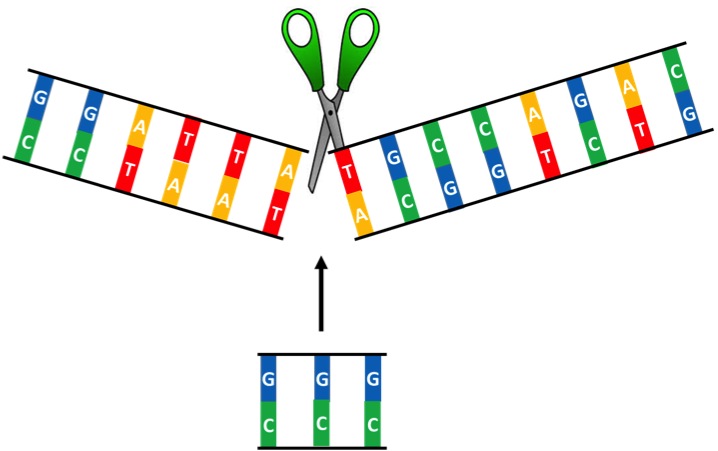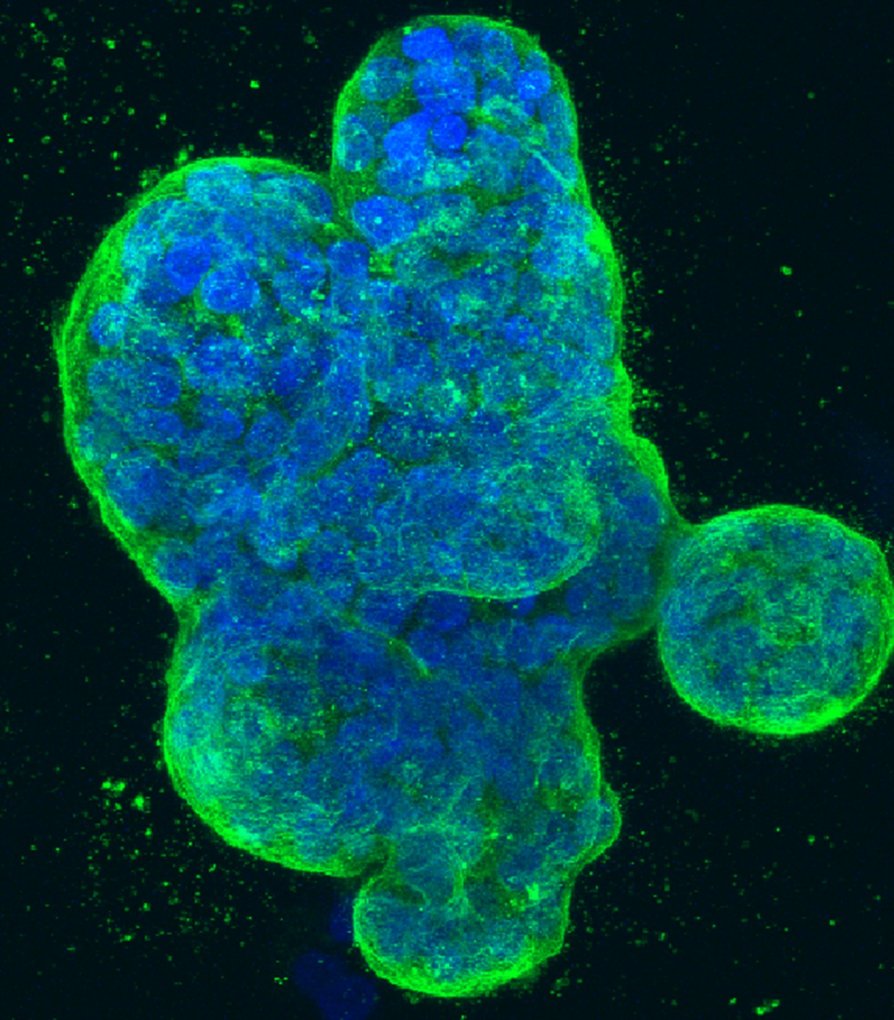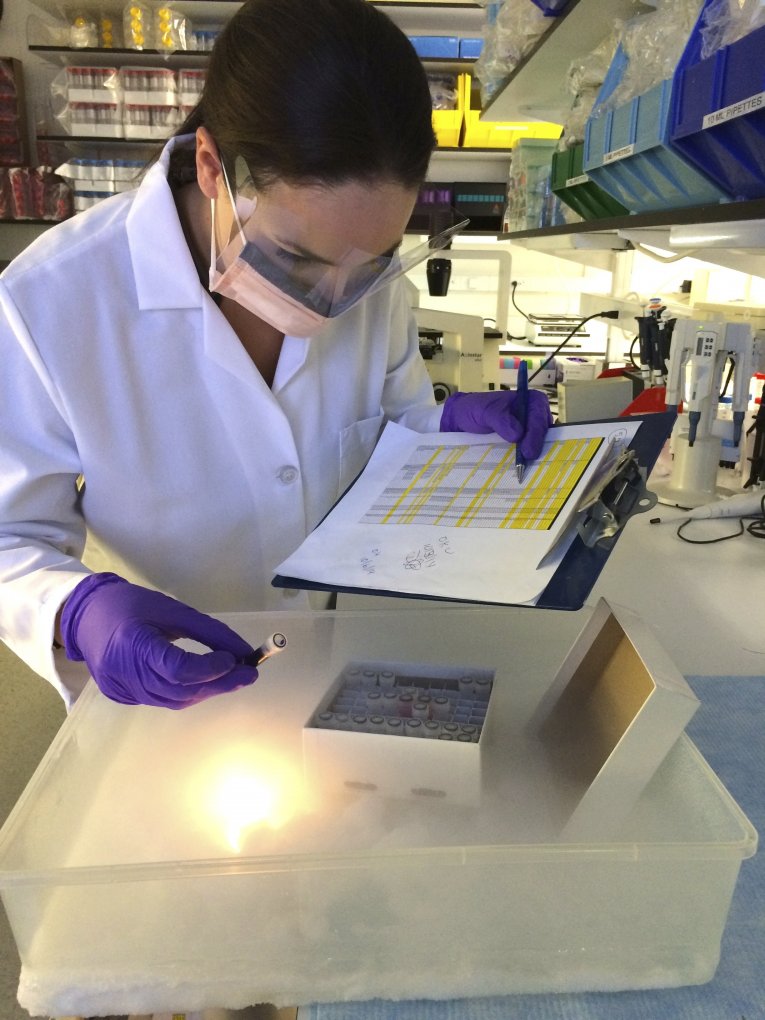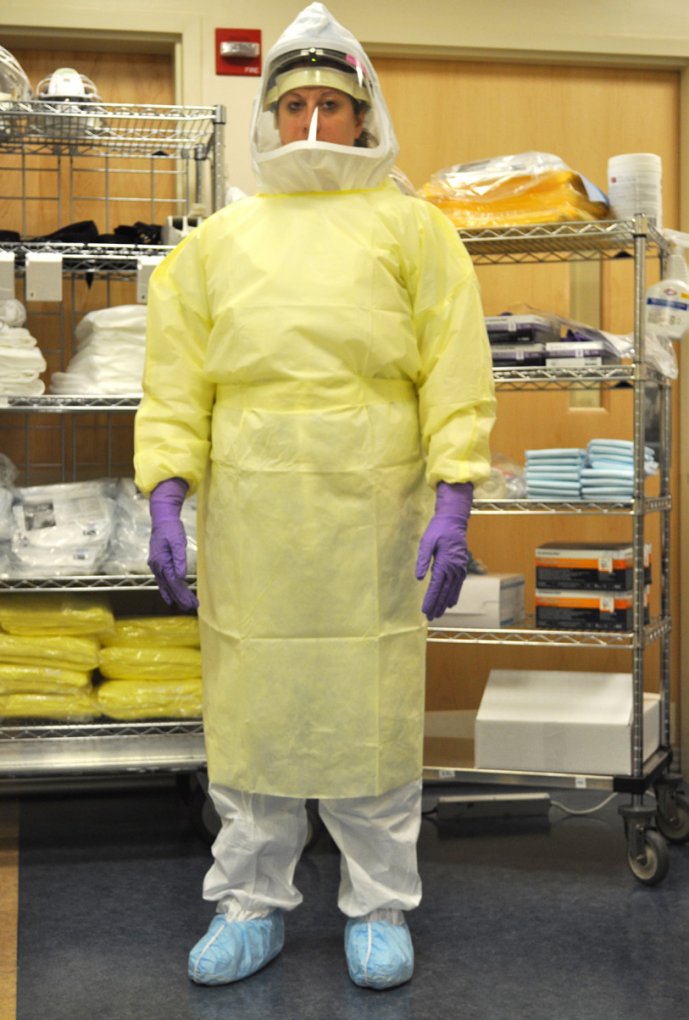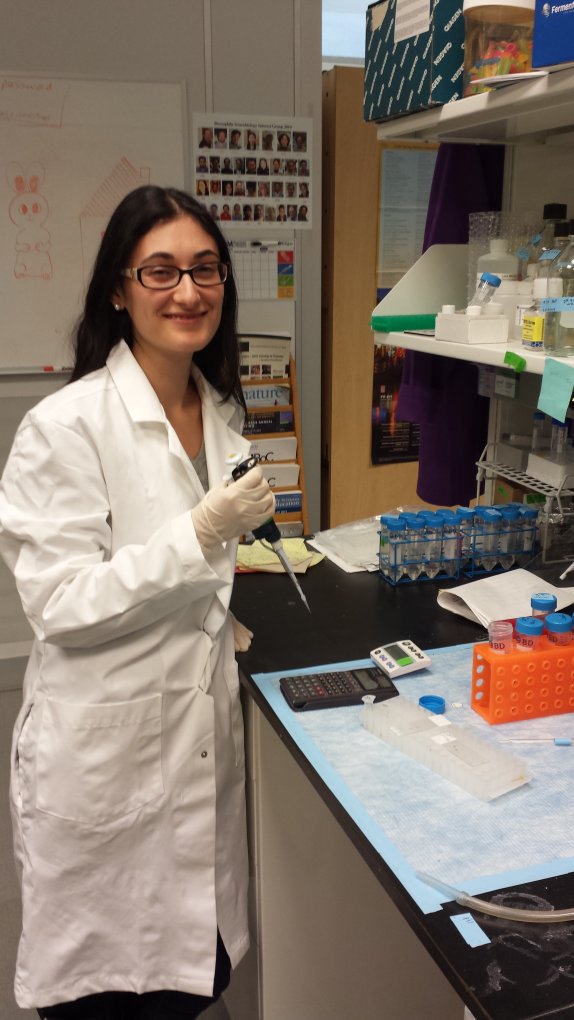Next Big Thing in Genome Modification: the CRISPR/Cas9 System
Ever since the discovery of the double-helix structure of DNA, scientists have sought ways to edit the genome. Altering gene expression partially and transiently via small interfering RNA has come a long way, and the progress has been spectacular. However, achieving complete and sustained modification of gene expression in a cell remains a tedious procedure that is often costly and time-consuming. For molecular biologists working with cell lines, quick and efficient knock out of one or more genes would provide a powerful tool for their studies. The CRISPR technology arrived two years ago to potentially fulfill that need.

